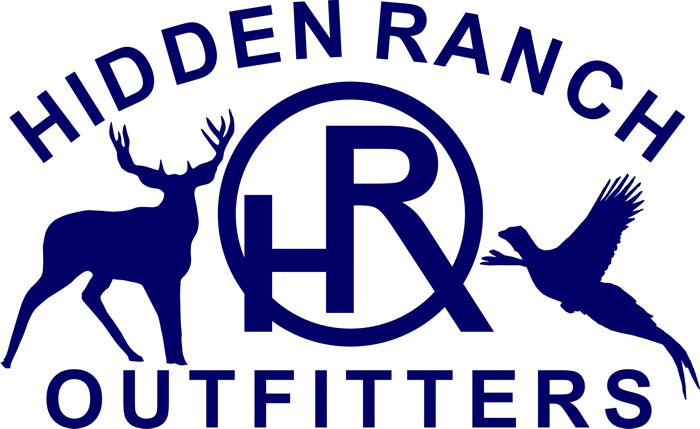HRO makes it clear that we are not advocating for the eradication of the species, but rather for responsible management to ensure both human safety and the well-being of livestock and crops.
We express a balanced approach to managing the wildlife around us, specifically coyotes, in a way that respects the environment while protecting our livelihood.
Predator Coyote
Understanding coyotes from a farmer’s perspective is complex and deeply rooted in generations of experience.
Farmers have witnessed firsthand the behaviors of coyotes and developed strategies over time to manage their presence.
Let’s break this down by key learnings that farmers have gathered over generations of dealing with coyotes:
Coyotes are incredibly adaptable creatures, and while they play an important role in ecosystems, they can also pose challenges, particularly in agricultural and human-dominated landscapes. Here’s a breakdown of the key points:
1. Impact on Agriculture and Natural Resources:
Livestock Predation: Coyotes often target smaller livestock like sheep, goats, and young calves. They may also attack poultry, causing significant financial losses to farmers and ranchers.
Crop Damage: In some cases, coyotes can damage crops indirectly by disrupting farming activities or attracting other wildlife that may harm crops. For example, they can draw in rodents, which can damage stored grain.
2. Property Damage:
Burrowing: Coyotes may dig under fences or other barriers, causing damage to infrastructure.
Contamination of Food Supplies: In urban or rural settings, coyotes might rummage through trash or even break into sheds or barns in search of food, which can lead to property damage or contamination of food supplies.
3. Human Health and Safety Concerns:
Disease Transmission: Coyotes can carry diseases like rabies, mange, and parasites, which pose risks to both humans and domestic animals. While coyote attacks on humans are rare, they can occur, particularly if the animal has become habituated to humans or food sources.
Encroachment into Urban Areas: As urbanization expands, coyotes are increasingly moving into suburban and even urban areas, creating new risks. They may prey on pets, and in some rare cases, exhibit aggressive behavior toward humans.
4. Coyotes’ Adaptability to Management Tools:
Habituation to Deterrents: Coyotes can become used to traditional management methods, like loud noises or traps, making them less effective over time. This adaptability can make it difficult to control populations.
Evolving Behavior: In areas where coyotes are frequently targeted by humans, they can adapt by becoming more nocturnal, avoiding traps or other deterrents, and even learning to associate certain human activities with food sources.
Management and Mitigation:
To manage these conflicts, Hidden Ranch Outfitters uses various strategies involving a combination of methods:
Exclusion: Strengthening fencing or creating barriers to keep coyotes out of certain areas (e.g., livestock pens, gardens).
Deterrents: Using noise-making devices, lights, or scent repellents. However, these methods often lose effectiveness if coyotes habituate to them.
Trap and Relocation: We leave all trapping and relocation to the WDFW for nuisance coyotes, and provide the following information for your knowledge. While effective in some cases, relocation can lead to new problems if coyotes are reintroduced into areas with existing territorial animals.
Public Education: Hidden Ranch Outfitters is active in teaching the public how to avoid attracting coyotes (e.g., securing trash, not leaving pet food outside, keeping small pets indoors at night).
Are you specifically dealing with coyote-related issues in an agricultural context, or just curious about their impact in general?
Hidden Ranch Outfitters can remove nuisance coyotes through hunting in areas where legal to do so, contact us for more information.
HRO Adventures reserves the right to refuse service to anyone.
All Media ©2024 HRO Adventures, LLC, All Rights Reserved

